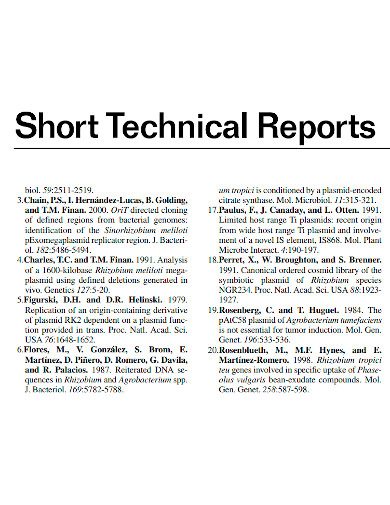
Volume always reflects consolidated markets. During market hours, the real-time Cboe BZX price displays and new trade updates are updated on the page (as indicated by a "flash"). Real-time prices are provided by Cboe BZX Exchange on individual U.S. After the collapse of FTX shakes the industry to its core, it’ll take a long time until institutional lenders trust crypto again.The Quote Overview page gives you a snapshot view for a specific symbol. But it’ll be years until that happens, he says. CleanSpark’s Bradford thinks that none of the current roster of lenders would issue longer-term debt-with repayment terms of at least three years, and ideally five to seven-that could prevent another liquidity crisis. But if Bitcoin’s price rises, the cycle of short-term loans and cascading crashes may continue once more. As miners unplug, the Bitcoin blockchain will make it easier to mine new coins, thereby increasing the revenue of the miners who survive. Compass Point, an investment company, wrote in an investment note that lenders should lower the monthly payments they extract from miners to stop them from returning rigs and using the money to buy new computers at a lower price. Generate Capital has bought a $5 million stake in its bankrupt debtor, mining firm Compute North. Financiers have already begun to repossess mining equipment-lender NYDIG took back 26,200 machines from miner Stronghold. Stock prices of all mining companies have almost universally plummeted as soaring operating costs squeeze the pulp from their margins. Pintos says secondary sales of unused individual miners are cheaper than the listing price of their wholesale manufacturers-and they even come with the same warranty. For those who held Bitcoin mined during the bull run, selling it now will fetch a quarter of its all-time high, while mining rigs, whose prices strongly correlate with Bitcoin’s own price, have collapsed in value. ”It’s been a near-term gut punch to the industry-no different than the burst of the dot-com bubble.” Pintos estimates margins dropped from 70% to 20%-not nearly enough to pay for energy costs and repay loans. “The financial return on investment became almost impossible for miners,” says Dan Ives, a managing director of Wedbush Securities. Electricity costs for Argo’s Texas operation were almost three times the average prices for August, owing to an overwhelmed grid and an energy agreement that priced electricity at market rates. “Nobody was expecting both,” says Pintos.


For the riskier miners, things took a turn for the worse when energy prices rose over the summer and Bitcoin crashed. He says industry financiers were practically “giving money away,” relaxing the amount of collateral required for loans and even accepting deposits of Bitcoin while the cryptocurrency’s price continued to soar.Īnd then the party came to an abrupt end. To cover their spiraling costs, Pintos says some miners collected premiums on futures contracts. Miners used their debt to stretch their money even further, holding onto Bitcoin they produced and speculating on its worth. The sudden increase in capacity “was insane, it was ridiculous-but that was what public markets were paying for,” says Pintos. Bitcoin miner Hut8 added 9,592 machines in the first quarter of this year, increasing its capacity by nearly a third. Another, Iris, defaulted on a $108 million loan.ĭuring the bull run, publicly traded Core Scientific increased mining income by 3,440% to $210.8 million, having raised its Bitcoin mining power by 4.5 times to 13.5 EH/s at the end of 2021 (EH/s is a measure of “hash rate” or deployed computing power).

Another miner, Argo, told investors it’ll shut down if it can’t sell miners it hasn’t even taken out of the box. Core Scientific, America’s largest Bitcoin miner, took on a debt-to-equity ratio almost 12 times greater than CleanSpark during the bull run and now risks bankruptcy if it doesn’t raise money by the end of the year, having lost $1.7 billion in 2022 alone.

Meanwhile, the pressure has only continued to build at companies that bungled the Bitcoin crash. Crypto finance giant Grayscale also had hopes of buying miners on the cheap but then pulled back amid economic troubles at its parent company, while Bitdeer set up a $250 million fund to exploit the crisis. At the start of the month, CleanSpark spent $5.9 million on 3,843 miners that Bradford says cost about $1,500 each-down from $13,000 last November during peak Bitcoin mania. Having always sold 70% of the Bitcoin it mined using mostly cheap nuclear energy, CleanSpark is in the enviable position of being rich enough to swoop in to buy box-fresh, top-of-the-line machines from near-bankrupt miners at sensible prices.


 0 kommentar(er)
0 kommentar(er)
